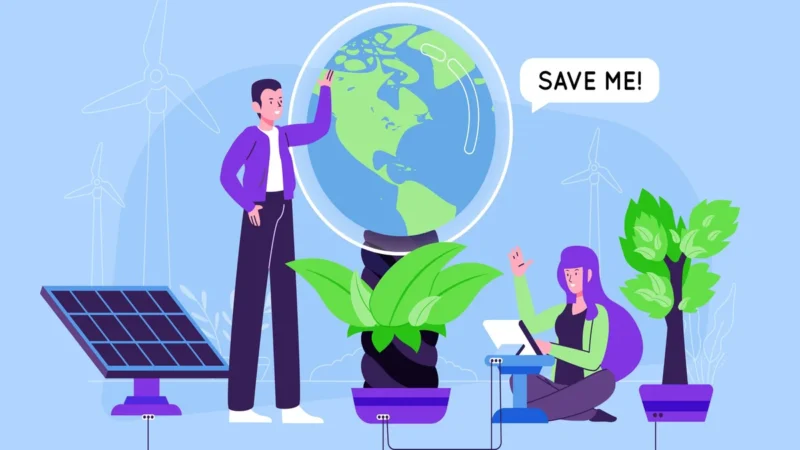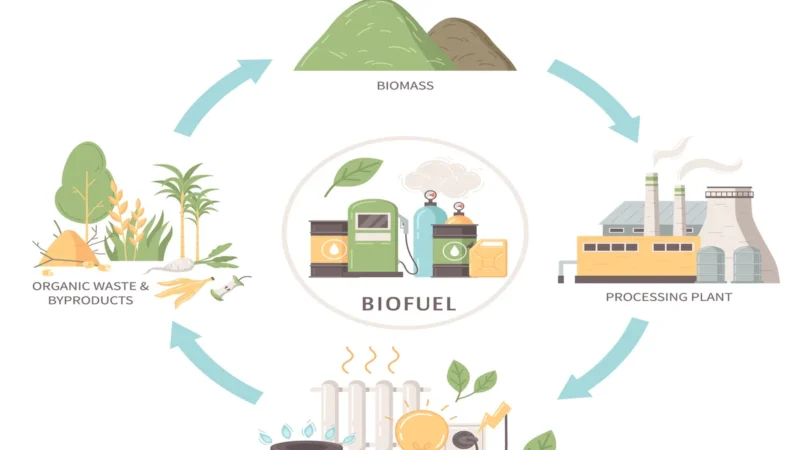Non-Renewable Energy Sources: Definition and Types

In today’s modern world, energy plays a crucial role in powering various aspects of our lives. While renewable energy sources have gained significant attention due to their sustainability, it is essential to understand the non-renewable energy sources that have long been the backbone of global energy production. This article provides a detailed explanation of non-renewable energy sources, their significance, environmental impacts, and future prospects.
Non-Renewable Energy Sources: Definition and Types
Non-renewable energy sources refer to those resources that cannot be replenished within a human timeframe. They are primarily classified into three major categories are fossil fuels, nuclear energy, and natural gas. Fossil fuels include coal, oil, and natural gas, while nuclear energy derives from the process of nuclear fission.
Fossil Fuels: The Dominant Non-Renewable Energy Sources
Coal: Coal is a black, carbon-rich sedimentary rock formed from decomposed plants over millions of years. It is the most abundant fossil fuel globally and has been extensively used for electricity generation and industrial processes. The extraction of coal involves mining operations, which can have adverse environmental consequences such as land degradation and water pollution.
Oil: Oil, also known as petroleum, is a viscous liquid found underground. It is the primary source of transportation fuels, including gasoline, diesel, and jet fuel. Oil extraction techniques include drilling wells, often in offshore locations, which can pose risks to marine ecosystems. Additionally, the burning of oil releases greenhouse gases and contributes to air pollution.
Natural Gas: Natural gas is a mixture of hydrocarbon gases, predominantly methane, found deep beneath the Earth’s surface. It is primarily used for electricity generation, heating, and cooking. Natural gas extraction techniques include hydraulic fracturing, which has raised concerns regarding water contamination and seismic activity.
Nuclear Energy: A Controversial Non-Renewable Option
Nuclear energy is generated through nuclear fission, the splitting of atomic nuclei in a controlled manner. Nuclear power plants produce electricity without emitting greenhouse gases. However, the use of nuclear energy raises concerns regarding the safety of nuclear reactors, the storage of radioactive waste, and the potential for nuclear accidents, as demonstrated by incidents like Chernobyl and Fukushima.
Environmental Impacts of Non-Renewable Energy Sources
Non-renewable energy sources have significant environmental impacts. The burning of fossil fuels releases carbon dioxide (CO2) and other greenhouse gases, contributing to global climate change. Moreover, the extraction, transportation, and combustion of these fuels release pollutants such as sulfur dioxide (SO2), nitrogen oxides (NOx), and particulate matter, which can cause respiratory and cardiovascular diseases. Additionally, the extraction processes can result in habitat destruction, water pollution, and ecological imbalances.
Future Prospects and Transition to Renewable Energy
Recognizing the environmental challenges associated with non-renewable energy sources, governments and industries worldwide are increasingly investing in renewable energy technologies. Solar power, wind power, hydropower, and geothermal energy are among the rapidly expanding renewable energy sectors. Transitioning to these sustainable alternatives requires technological advancements, policy support, and public awareness to achieve a greener and more sustainable energy future.
Key Takeaways:
Non-renewable energy sources have been the primary drivers of global energy consumption for centuries. However, their extensive use has led to environmental degradation, climate change, and various health risks. It is imperative to explore and invest in renewable energy sources to mitigate these challenges and transition toward a more sustainable energy landscape for future generations.
FAQs related to Non-Renewable Energy Sources
What are non-renewable energy sources?
Non-renewable energy sources are natural resources that cannot be replenished within a human timeframe. They include fossil fuels like coal, oil, and natural gas, as well as nuclear energy derived from nuclear fission.
Why are fossil fuels considered non-renewable?
Fossil fuels are considered non-renewable because they are formed from ancient organic materials over millions of years and cannot be replenished within a human lifespan. Once they are extracted and consumed, they cannot be naturally replaced.
How do non-renewable energy sources impact the environment?
Non-renewable energy sources have significant environmental impacts. The burning of fossil fuels releases greenhouse gases, contributing to climate change. Extraction processes can cause habitat destruction, water pollution, and ecological imbalances. Nuclear energy raises concerns about radioactive waste and potential accidents.
Are there any alternatives to non-renewable energy sources?
Yes, there are alternative energy sources that are considered renewable and sustainable. These include solar power, wind power, hydropower, and geothermal energy. These sources have minimal environmental impact and can be replenished naturally.
Why should we transition to renewable energy sources?
Transitioning to renewable energy sources is crucial for several reasons. They are sustainable, produce minimal greenhouse gas emissions, reduce air pollution, and help mitigate climate change. Renewable energy also offers long-term energy security and can contribute to job creation and economic growth.
Can non-renewable energy sources be used responsibly?
While non-renewable energy sources have negative impacts, they can be used more responsibly through adopting cleaner technologies, improving efficiency, and implementing strict regulations. However, their ultimate sustainability remains limited compared to renewable alternatives.


